Excerpt:
As we drew closer, it got harder to get a good look from the angle of the passenger window. I leaned back, then winced—the scabbard over my back had shifted to just the wrong position. I squirmed until the Salzkammergutschwert was off the center of my torso.
“Wait a minute,” Heinz said incredulously. “Is that what I think it is?”
“I don’t know,” I said pleasantly. “What do you think it is, Heinz?”
“You … packing a sword?” Heinz said incredulously.
I glanced over at him. “Sort of, yeah.”
“What the hell for?”
“You’re packing,” I pointed out.
“Yeah, but a gun,” he said. “That’s useful in a fight—”
“Most of the people I get in fights with,” I said, “won’t be impressed by a peashooter.”
“Ah, very sensible,” said Warstein from the front seat.
“You pack an anti-fae weapon.”
“Sort of, yeah,” I leaned up again, watching through the window as the MIRU shot over the I-64 bridge and through the giant hovering ring. Mr. “Seen it already” Warstein turned away from it with a condescending tone that made Heinz roll his eyes and glance at me for relief.
“You see,” Warstein said, even as one of the greatest wonders of the Western World slid stainless and gleaming past the glass behind him, “if Frost deals with the fae, she must face the fact that many fae are bulletproof, but highly vulnerable to cold iron, or enchanted swords—”
“What the fuck?” Heinz said, looking at me. “You’re telling me that’s Glamdring?”
“Another hat tip,” I said, mouth quirking. “You, ah, can view it as a magic sword—”
“So,” Heinz said, incredulous, “that fucking thing glow when orcs come around?”
“Not that I know of,” I laughed. “Not that I’ve ever met an actual orc—”
“Most magic swords don’t do anything we’d call special,” Warstein said archly. “Like the legendary vorpal blade, their primary capability is that they’re sharp, and made of metal that hurts the fae. A very few, like the, uh, the Saltgammerswort, are specifically anti-fae—”
“Salzkammergutschwert,” I corrected automatically.
“Gesundheit,” said Heinz.
“Excuse me?” Warstein asked.
“It’s called the Salzkammergutschwert,” I said. “It means the Salt Chamber Sword.”
“Which is where it was found,” Warstein said, “very good, very good. The Salz—ah—I can never pronounce it—the Salt Chamber Sword is one of the rarest of blades, a long, black sword of cold iron specifically forged to fight the faerie—”
“Not exactly,” I said. “Technically, it’s a magical radiator, not a sword, though you can use it as one because it’s nearly indestructible. The hilt wrappings are human work, but the blade itself is a faery artifact, repurposed—not a weapon, just something that happens to hurt them.”
Heinz looked at me strangely, then at the scabbard over my back.
“You’re wearing this Gesundheit thing now?”
I shrugged and smirked. “Sort of, yeah—”
“What are you talking about—oh my God,” Warstein said, excited and aghast. I reached up a long arm and popped the blade out of its scabbard briefly, and Warstein keened and wailed, more intense than a fanboy meeting Shatner. “Oh-my-God and aaaa! You’re wearing the literal Salt Chamber Sword? Oh my God. Oh my God! That’s a four million dollar blade—”
“Jesus,” Heinz said, tweaking his ear. “Shout it louder, why don’t—”
“I don’t need you advertising the value of my blade,” I said. “I really don’t.”
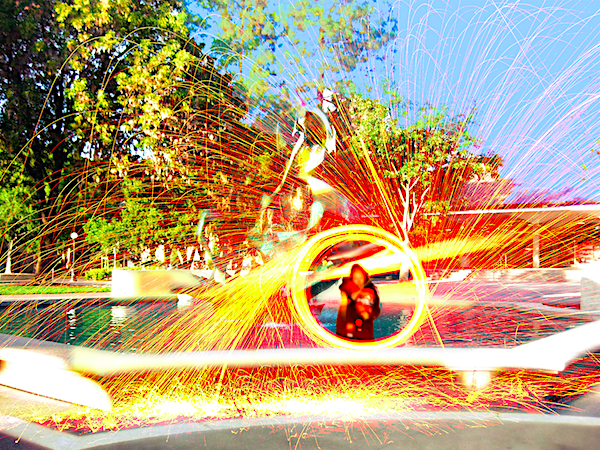

 BJS: Absolutely. As chief cat wrangler for all three of the Later anthologies, I had to coordinate deadlines and revisions for not just the fifteen or so authors, but also our publisher’s staff. Why do I do it? The power, obviously. But in all seriousness, it’s the satisfaction of being an integral part of a fantastic collection of stories.
Q: What was your favorite story to edit/write for the anthologies?
BJS: Absolutely. As chief cat wrangler for all three of the Later anthologies, I had to coordinate deadlines and revisions for not just the fifteen or so authors, but also our publisher’s staff. Why do I do it? The power, obviously. But in all seriousness, it’s the satisfaction of being an integral part of a fantastic collection of stories.
Q: What was your favorite story to edit/write for the anthologies?
 BJS: That’s a tough one. There are so many great stories and they vary so much in theme, style, and content. I had a great time writing my own stories, especially the first one in Some Time Later, “The Descent.” That one allowed me to get my mycological geek on. I’m partial to Lillian Csernica’s Japanese mythology-inspired stories because they are unique but still feel steampunk.
BJS: That’s a tough one. There are so many great stories and they vary so much in theme, style, and content. I had a great time writing my own stories, especially the first one in Some Time Later, “The Descent.” That one allowed me to get my mycological geek on. I’m partial to Lillian Csernica’s Japanese mythology-inspired stories because they are unique but still feel steampunk.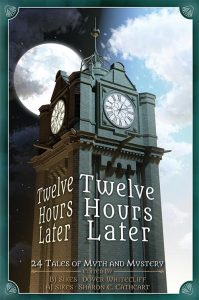 Q: What excited you about Twelve Hours Later and the other anthologies in which you’ve participated?
Q: What excited you about Twelve Hours Later and the other anthologies in which you’ve participated?
 SEC: Short fiction is an art form in and of itself. Expressing a full story in a little bit of space, means distilling the true essence of your message in a way that someone can read on their lunch hour and still feel like they got a complete picture. Having the opportunity to challenge myself within the framework of the anthologies’ themes made me work hard to present fully developed characters and concepts within those constraints, and it was a lot of fun! That the anthologies benefited literacy programs was the icing on the cake.
SEC: Short fiction is an art form in and of itself. Expressing a full story in a little bit of space, means distilling the true essence of your message in a way that someone can read on their lunch hour and still feel like they got a complete picture. Having the opportunity to challenge myself within the framework of the anthologies’ themes made me work hard to present fully developed characters and concepts within those constraints, and it was a lot of fun! That the anthologies benefited literacy programs was the icing on the cake. All good things come to an end. I've known that since I was a child, when I asked my art teacher whether she had kept any of her childhood drawings, and she, with aplomb, replied no, they all burned in a house fire. But I've become more aware of that recently, as, one by one, places that I enjoy have come to an end.
All good things come to an end. I've known that since I was a child, when I asked my art teacher whether she had kept any of her childhood drawings, and she, with aplomb, replied no, they all burned in a house fire. But I've become more aware of that recently, as, one by one, places that I enjoy have come to an end. 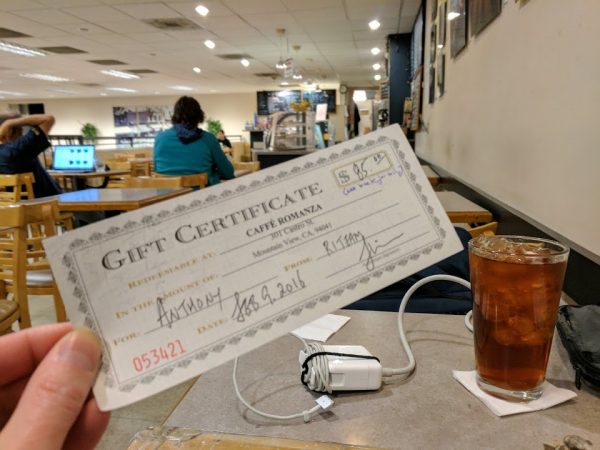 As I've said before, it's all too easy to kill the golden goose: a business decision which appears to save money may actually undermine the way you make money. Perhaps Books Inc is struggling, but I and many others like me spend a lot late at night, and when they cut their closing hours from 11pm to 10pm it took away one of the reasons I had for going there. Moving from their glorious two-story corner location to a regular storefront will remove more reasons for more people; and eliminating the cafe will remove more reasons still, leaving it just another bookstore instead of a landmark destination.
As I've said before, it's all too easy to kill the golden goose: a business decision which appears to save money may actually undermine the way you make money. Perhaps Books Inc is struggling, but I and many others like me spend a lot late at night, and when they cut their closing hours from 11pm to 10pm it took away one of the reasons I had for going there. Moving from their glorious two-story corner location to a regular storefront will remove more reasons for more people; and eliminating the cafe will remove more reasons still, leaving it just another bookstore instead of a landmark destination.
 I don't have access to their books and I can't know all their reasons; maybe they were forced into this move. But I've talked to similar business owners about similar moves, and they never say, "we can't afford the late night staff" but instead say "we aren't making money on the late night traffic," which shows that they don't get the connection that the traffic they get at earlier hours is dependent on the later hours, and those of us that are night owls will be compelled to go everywhere. It's not the four buck cup of coffee we're paying for: it's the pleasant environment to drink it in the company of friends.
Still, I wish Books Inc the best of luck in their new location, and I'll be sure to drop by. And I hope Jay at Caffe Romanza finds a new option. But I will miss that place where I wrote the bulk of my many novels ... but I will soon move on and find a new favorite, as the cycle continues.
-the Centaur
Pictured: Books Inc, an insanely large gift certificate for Caffe Romanza given to me by my colleagues on my tenth work anniversary, and Caffe Romanza, end of shift.
I don't have access to their books and I can't know all their reasons; maybe they were forced into this move. But I've talked to similar business owners about similar moves, and they never say, "we can't afford the late night staff" but instead say "we aren't making money on the late night traffic," which shows that they don't get the connection that the traffic they get at earlier hours is dependent on the later hours, and those of us that are night owls will be compelled to go everywhere. It's not the four buck cup of coffee we're paying for: it's the pleasant environment to drink it in the company of friends.
Still, I wish Books Inc the best of luck in their new location, and I'll be sure to drop by. And I hope Jay at Caffe Romanza finds a new option. But I will miss that place where I wrote the bulk of my many novels ... but I will soon move on and find a new favorite, as the cycle continues.
-the Centaur
Pictured: Books Inc, an insanely large gift certificate for Caffe Romanza given to me by my colleagues on my tenth work anniversary, and Caffe Romanza, end of shift. 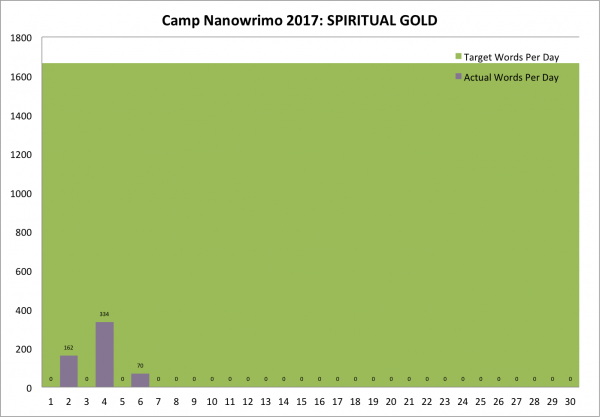 Ugh. Once again, struggling to get started on Nanowrimo. It isn't like I have one project struggling to survive at work and three others struggling to get off the ground, or two books to launch, or promotion on two books already out! Excuses, excuses, if I showed my normal graph it would just be blood in the water - I'm doing hundreds of words a day on Camp Nano when I need thousands.
But I also freely admit I'm cheating here. The events of Dakota Frost Book 6 are going to come back later - possibly much later, most likely somewhere in books 10-12 - and I got inspired to write that scene, which I write in the rough draft manuscript for SPIRITUAL GOLD until I decide into which book that scene will land. That inflates the word count of SG a bit ... but it also gives me a very clear outcome to drive towards when I work on the scenes in this book that set up the scenes for that book in the far future...
Onward!
-the Centaur
Ugh. Once again, struggling to get started on Nanowrimo. It isn't like I have one project struggling to survive at work and three others struggling to get off the ground, or two books to launch, or promotion on two books already out! Excuses, excuses, if I showed my normal graph it would just be blood in the water - I'm doing hundreds of words a day on Camp Nano when I need thousands.
But I also freely admit I'm cheating here. The events of Dakota Frost Book 6 are going to come back later - possibly much later, most likely somewhere in books 10-12 - and I got inspired to write that scene, which I write in the rough draft manuscript for SPIRITUAL GOLD until I decide into which book that scene will land. That inflates the word count of SG a bit ... but it also gives me a very clear outcome to drive towards when I work on the scenes in this book that set up the scenes for that book in the far future...
Onward!
-the Centaur 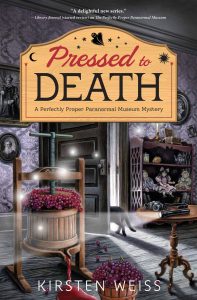 Q: Tell us about your latest book.
KW: Pressed to Death is a cozy mystery set in a wine country paranormal museum. It’s the second book in my Perfectly Proper Paranormal Museum series...
Q: Tell us about your latest book.
KW: Pressed to Death is a cozy mystery set in a wine country paranormal museum. It’s the second book in my Perfectly Proper Paranormal Museum series... (No, that ain't the real cover, that's 10 minutes in Photoshop working over a
(No, that ain't the real cover, that's 10 minutes in Photoshop working over a 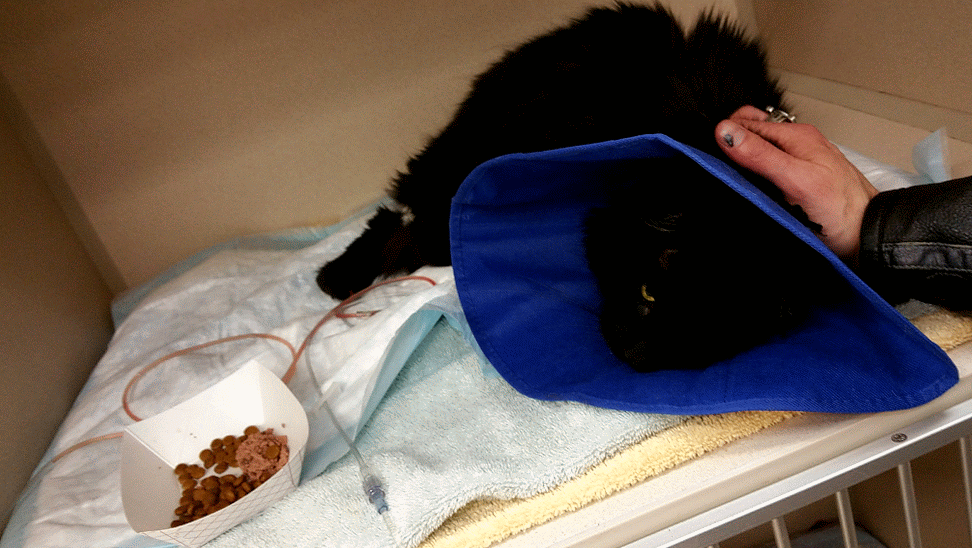 Facebook is not a waste of time: it saved my cat.
Not long after my good friend
Facebook is not a waste of time: it saved my cat.
Not long after my good friend  They thought he would be home after a couple of days, though it was closer to five. But he's home safe now, and that happened because me and my friends were on Facebook, sharing our stories.
Jim, if you're reading this, as I said on Facebook: I'm sorry for your loss. But thank you for sharing it. You helped me save my cat's life.
They thought he would be home after a couple of days, though it was closer to five. But he's home safe now, and that happened because me and my friends were on Facebook, sharing our stories.
Jim, if you're reading this, as I said on Facebook: I'm sorry for your loss. But thank you for sharing it. You helped me save my cat's life.
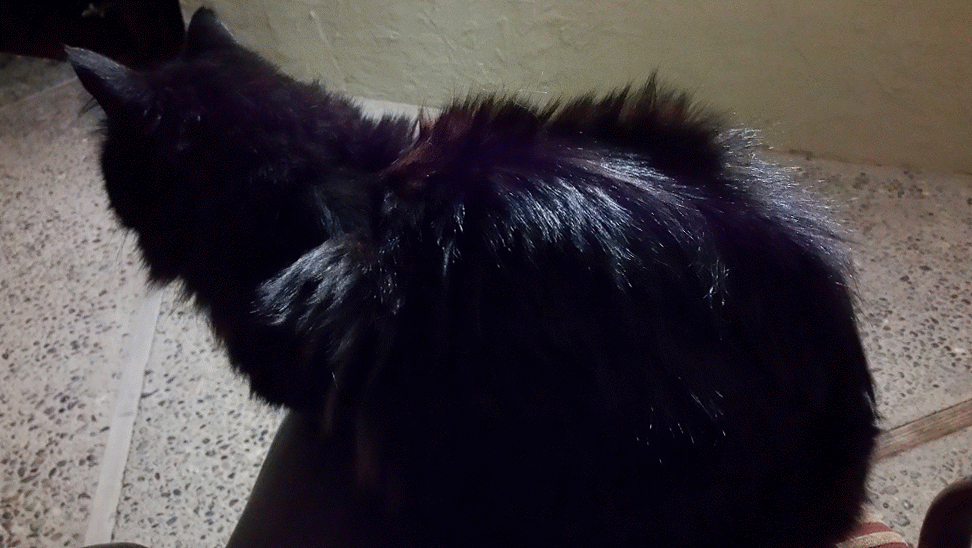 -the Centaur
-the Centaur
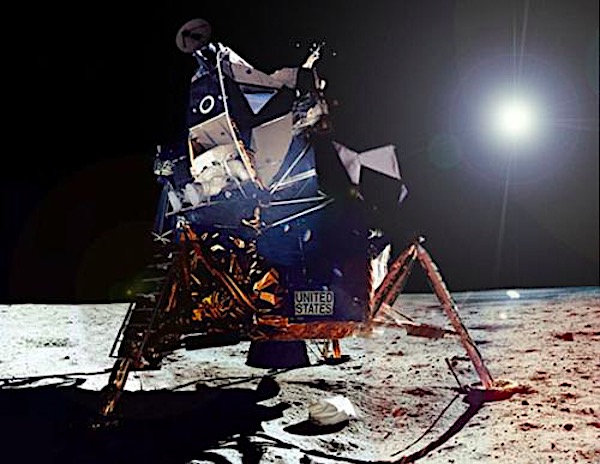


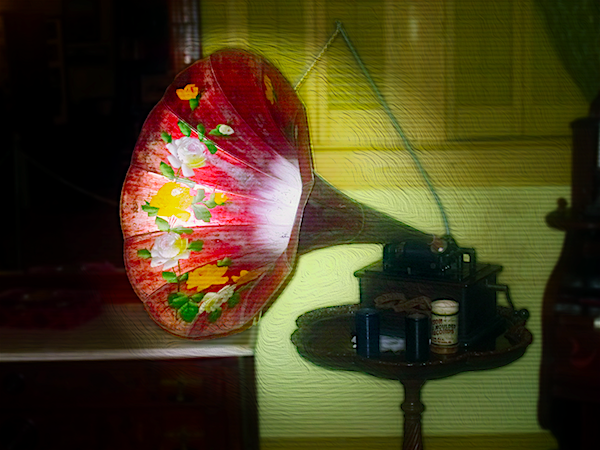

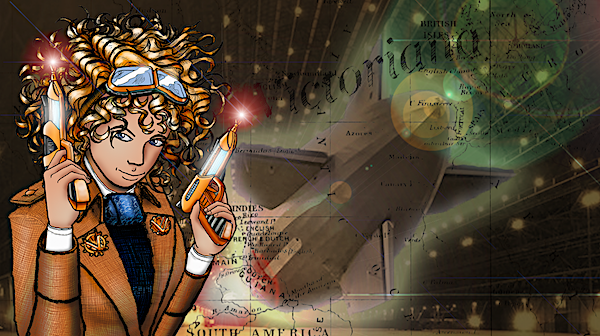
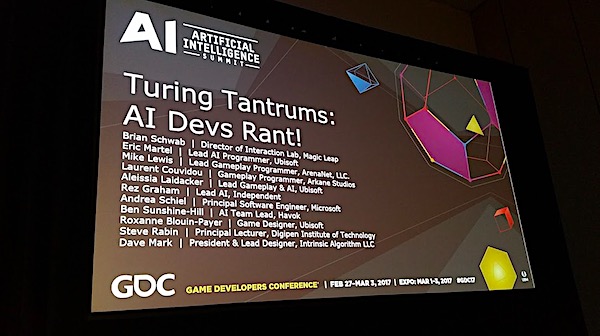
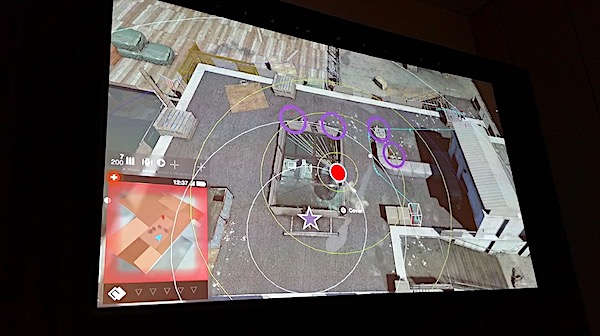
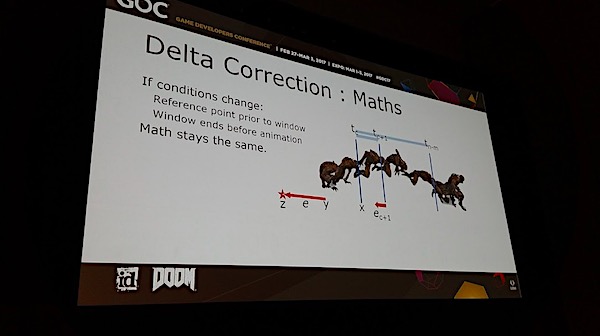
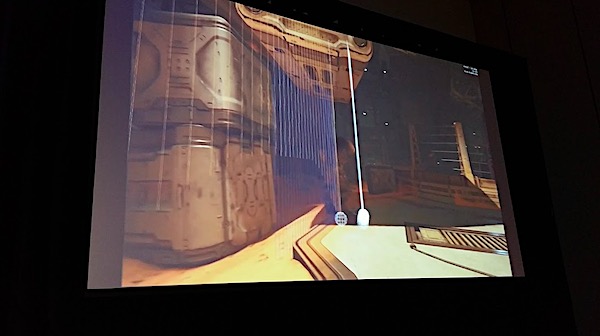
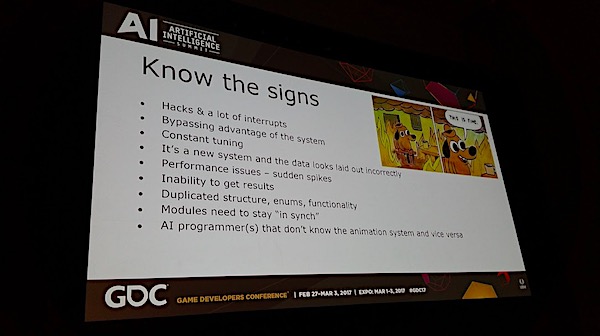



 It might not be immediately apparent from this shot, but outside, it’s sunny and the weather is nice. That’s despite
It might not be immediately apparent from this shot, but outside, it’s sunny and the weather is nice. That’s despite  I live near Coyote Valley, not Coyote Creek - two totally different areas miles apart - so my home was providentially spared.
I was, however, woken up yesterday morning by a text, a call, and a Messenger message, all wondering whether I was OK. My wife, off to the East Coast on a business trip, called to ask if I’d evacuated yet; I looked out the window to sunny skies, sleeping cats and the early-morning sound of a leaf blower, and said no.
Sorry for concerning you, I know there have been three different disasters / evacuations in San Jose recently! Last night at dinner at Alexander’s, the server, my good friend Todd, reported three different closures of Highway 17 that kept him from work - one that involved a gun battle and five hours trapped in his car, but the rest, weather. 101 in San Jose has suffered similarly. I think these are somehow all related to “
I live near Coyote Valley, not Coyote Creek - two totally different areas miles apart - so my home was providentially spared.
I was, however, woken up yesterday morning by a text, a call, and a Messenger message, all wondering whether I was OK. My wife, off to the East Coast on a business trip, called to ask if I’d evacuated yet; I looked out the window to sunny skies, sleeping cats and the early-morning sound of a leaf blower, and said no.
Sorry for concerning you, I know there have been three different disasters / evacuations in San Jose recently! Last night at dinner at Alexander’s, the server, my good friend Todd, reported three different closures of Highway 17 that kept him from work - one that involved a gun battle and five hours trapped in his car, but the rest, weather. 101 in San Jose has suffered similarly. I think these are somehow all related to “